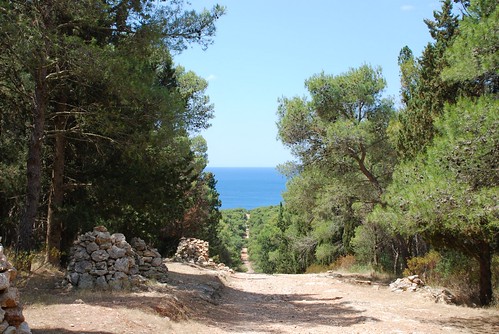Lunigiana, a historical region nestled between Tuscany and Liguria in Italy, is a land of countless charming villages. The original idea was to list 10 must-visit villages, but the region’s beauty made it impossible to limit the selection to just ten. Here are 20 villages in Lunigiana that you should consider visiting:
- Filetto: A hidden gem in Tuscany, Filetto is a well-preserved walled village. Wander from the monumental gate to the Upper and Lower Squares and lose yourself in the narrow streets.
- Ponticello: This village along the Via Francigena partially hides in a tunnel, revealing charming corners among its alleys and small squares lined with sandstone houses. The imposing tower-house at the village entrance is a sight to behold.
- Caprigliola: Visible from the highway, Caprigliola stands out among the hills with its Medici walls and the ancient castle tower, now the bell tower of the Church of San Michele.
- Castiglione del Terziere: Pure beauty is synonymous with Castiglione del Terziere. The village is home to a castle and meticulously restored stone houses.
- Equi Terme: This village offers everything: an ancient village, fascinating caves, trekking routes, and the most famous living nativity scene in Lunigiana and Garfagnana. And yes, there are also thermal baths.
- Ponzanello: A picturesque village with a sea view, Ponzanello is a climb from the monumental gate to the castle ruins.
- Borgo della Verrucola: A village that is also a castle, Verrucola is the origin of Fivizzano. If Roberto Benigni and Massimo Troisi had come here before “Nothing Left to Do but Cry,” they would have really gone back in time!
- Malgrate: Overlooking from above, Malgrate is aware of its nobility. Its church is so hidden that finding it feels like winning a prize.
- Taponecco: To appreciate Taponecco, you need to discover it slowly, strolling through its tunnel villages.
- Ugliancaldo: Located on the border with Garfagnana, the climb to Ugliancaldo unfolds suddenly on the ridge of the hill. The village is worth exploring up to the Church of Sant’Andrea.
- Bibola: Another tunnel village, Bibola climbs along the Via Francigena, with the remains of the castle resembling the fingers of a hand.
- Lusuolo: Who doesn’t see it while driving on the Cisa state road? The castle is almost larger than the village, protecting the medieval ford on the Magra river.
- Virgoletta: Rumors speak of donkeys on the third floor in Virgoletta, as the stables on the ground floor of the houses on the hillside gave that impression. A well-maintained gem.
- Tavernelle: Along the Lagastrello road, Tavernelle was the right place for merchants and pilgrims to stop. The wealth is still visible in the noble palaces in the village street.
- Treschietto: Among the imposing ruins, ghosts and cruel lords wander. Treschietto is famous for its onions and many places to bathe in the stream.
- Vinca: Located under the Apuan Alps, Vinca offers unique views that remind of the nearby marble quarries. Don’t forget to buy Vinca’s bread.
- Sassalbo: Sassalbo is a large village, with stone houses stacked upon stone houses, a succession of carved portals and majesties, just below the Cerreto pass, another transit village.
- Camporaghena: Camporaghena is located just below the Apennine peaks. This small rural village is a starting point for several trekking routes.
- Gragnola: Above is the imposing Aquila Castle. Below is the village of Gragnola, a network of streets and stone houses overlooking the Aulella stream.
- Pulica: A warrior’s helmet cover, a disappeared castle, two churches, even a bar, are these reasons enough to visit Pulica?
These villages, each with its unique charm and history, are the heart and soul of Lunigiana. They offer a glimpse into the region’s rich past and present, providing visitors with an unforgettable experience of Italian culture and heritage.
Exploring the Hidden Gems of Lunigiana
Lunigiana is a treasure trove of hidden gems, each village offering a unique blend of history, culture, and natural beauty. From the well-preserved walled village of Filetto to the picturesque village of Ponzanello with a sea view, each location tells a story of its own. The region is a testament to Italy’s rich heritage and the enduring charm of its rural landscapes.
The Charm of Rural Italy
The villages of Lunigiana are a testament to the enduring charm of rural Italy. Each village, with its unique history and character, offers a glimpse into a way of life that has remained largely unchanged for centuries. Whether it’s the thermal baths of Equi Terme, the imposing ruins of Treschietto, or the hidden church of Malgrate, each location offers a unique experience for visitors.
A Journey Through Time
Visiting the villages of Lunigiana is like taking a journey through time. From the ancient castle tower of Caprigliola to the medieval ford protected by Lusuolo’s castle, these locations offer a window into Italy’s rich past. The region is a living museum, where history comes alive in the streets and buildings of its villages.


